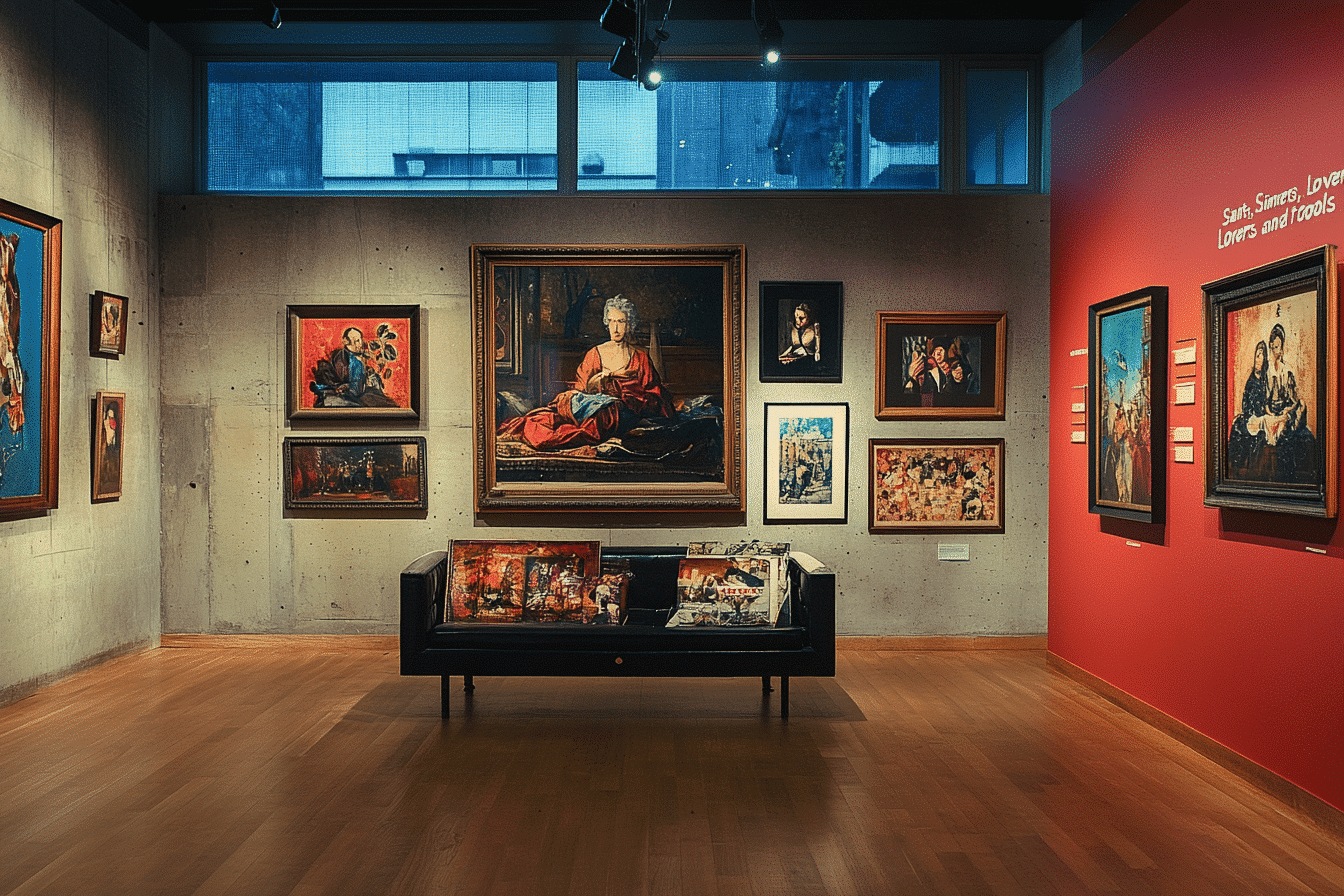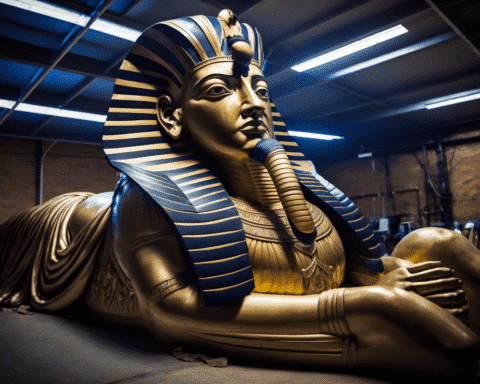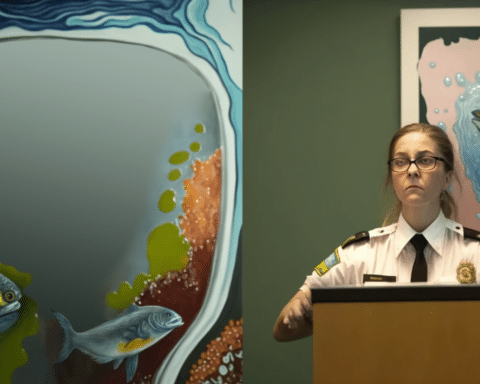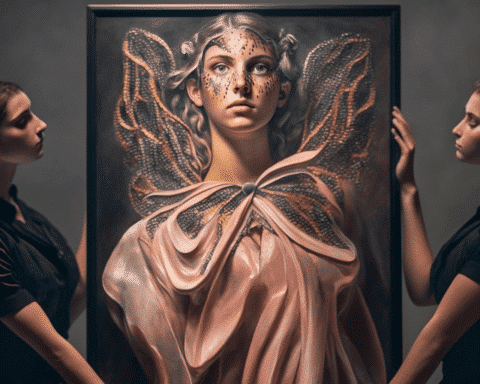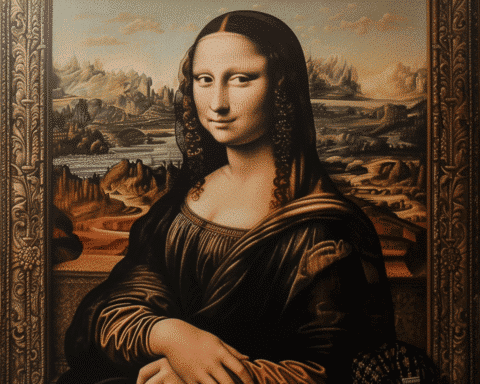The Renaissance, a time of artistic brilliance and social transformation, witnessed the rise of what could be considered the world’s first viral images. In Northern Belgium, particularly in Antwerp, Bruges, and Ghent, the socioeconomic boom between the 15th and 18th centuries created a fertile ground for art to flourish and spread like wildfire. With a growing upper middle class eager to display their newfound wealth and the advent of mass-printing technology, these artworks became the viral sensations of their time.
The Birth of a Viral Art Movement
As Northern Belgium became a hub of capitalist and colonialist prosperity, the region’s cities were transformed into cosmopolitan centers. This period marked a significant shift in art history, where artists began gaining star status, and paintings became coveted objects of desire. The burgeoning upper middle class sought to display their wealth through art, and as Chloé M. Pelletier, curator of the “Saints, Sinners, Lovers and Fools” exhibition, noted, “When you have money, you want to spend it, and a great way to do so is to buy art for the walls of your new house.”
Art as a Status Symbol
In a world where status symbols mattered, portraits and paintings became the Instagram posts of the Renaissance. Wealthy collectors would commission artists to create works that showcased their opulence. For instance, a mid-17th-century painting by Michaelina Wautier depicts a sitter proudly posing in front of a Rubens painting, radiating triumph and prosperity. This new class of collectors, driven by the desire to impress, gave birth to the modern art market, with artists creating works on spec to be promoted by the newly established art dealers.
The Power of Print: Spreading the Viral Message
The advent of the printing press revolutionized the dissemination of art, making it accessible to a broader audience. What once adorned the walls of the wealthy soon found its way into the homes of everyday people, even spilling into the streets. An art historian, Stephanie Porras explained that the concept of virality in this context “seems to open up (a) way of thinking about issues that art historians hadn’t traditionally considered: how the movement of images can be shaped and funneled through gatekeepers and social networks.”
Art as Entertainment and Social Commentary
Art during this period wasn’t just about showing off wealth; it was a form of entertainment and social commentary. “Art was the ultimate form of entertainment and social spectacle,” Pelletier said. These artworks were conversation pieces, often used in social gatherings to spark discussions or laughter. A notable example is Jan Massys’s work from circa 1530, which features a playful puzzle with a hidden message: “The world feeds many fools.”
The Dark Side of Viral Imagery
However, not all viral images were benign. Some spread false narratives that justified harmful actions, such as the colonization of the New World. Jan van der Straet’s engraving of Amerigo Vespucci encountering alleged cannibals is a stark example of how images could be used to spread fear and misinformation. The Montreal Museum of Fine Arts exhibition highlights how these images, much like today’s AI-generated content, could be manipulated to serve particular agendas.
The Legacy of Renaissance Viral Images
The rapid spread of images during the Renaissance era mirrors today’s digital age, where accurate or misleading information can go viral instantly. Porras draws a parallel between the artworks of the Renaissance and contemporary viral images, noting that both can be “re-scripted and performed so that it moves so far from its original context as to be unrecognizable.”
The Renaissance marked the beginning of an era where art transcended the confines of galleries and private collections, becoming a tool for self-promotion, social commentary, and even misinformation. The viral images of that time laid the groundwork for today’s digital culture, where the power of imagery continues to shape our world in profound ways. As we marvel at these masterpieces, we are reminded that the art of going viral is not a modern invention but a practice rooted deep in history.
